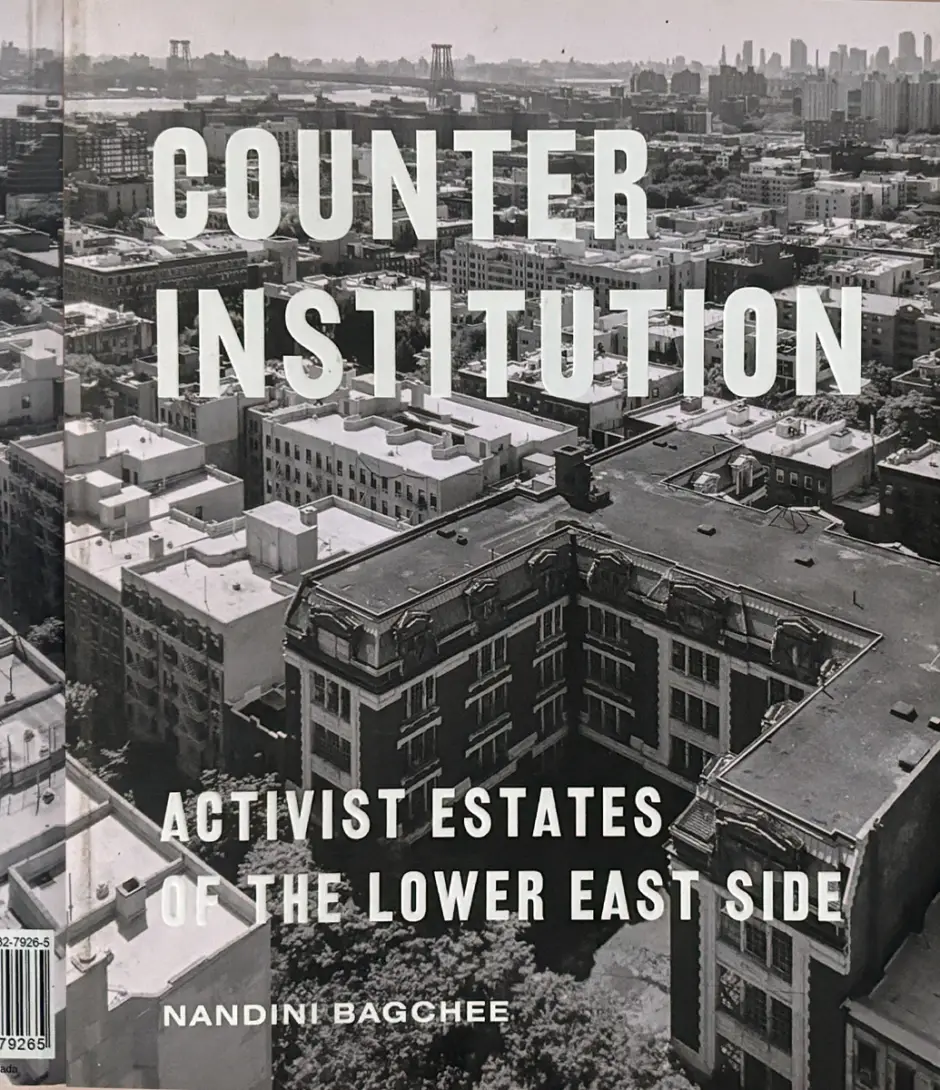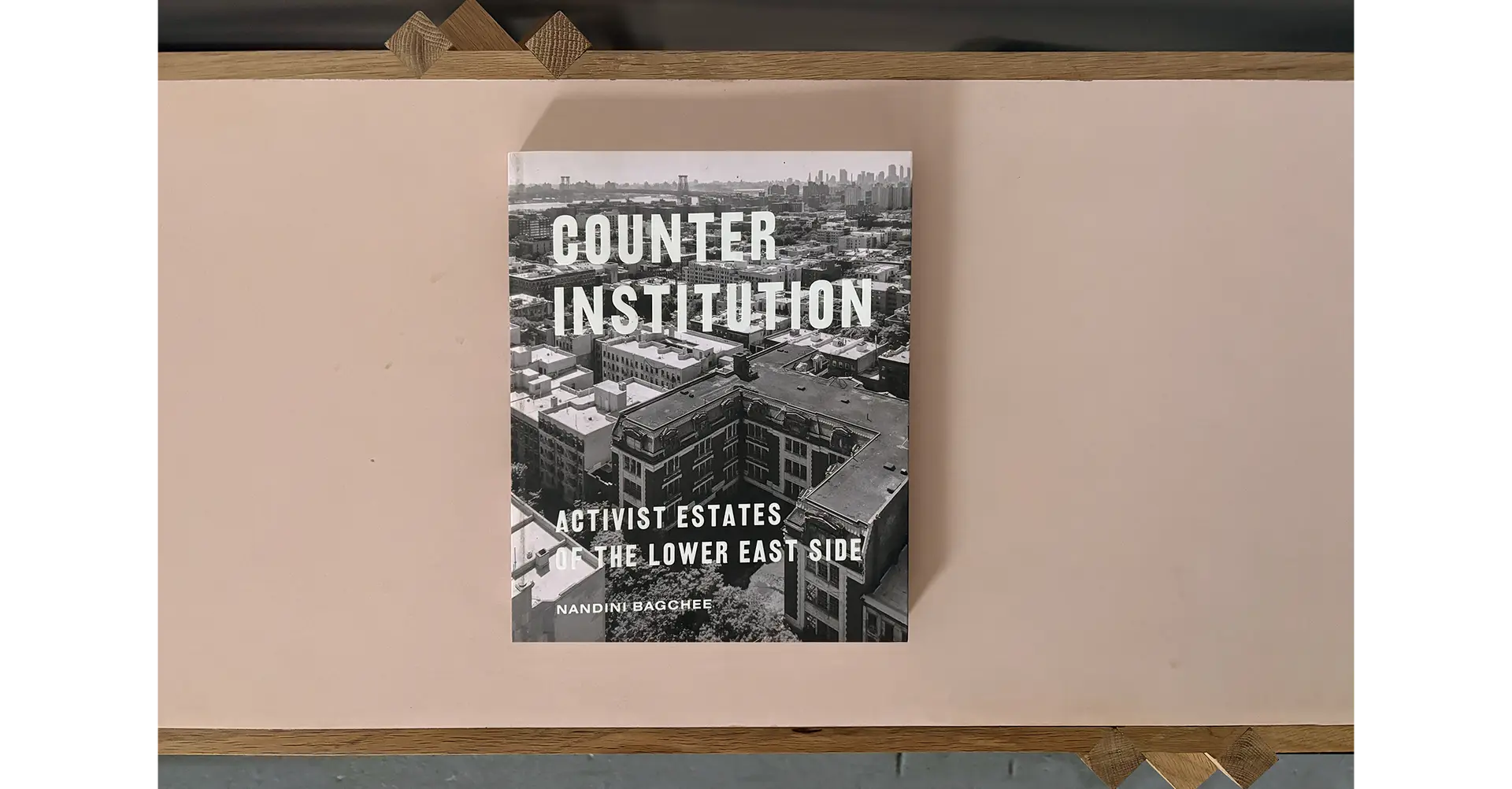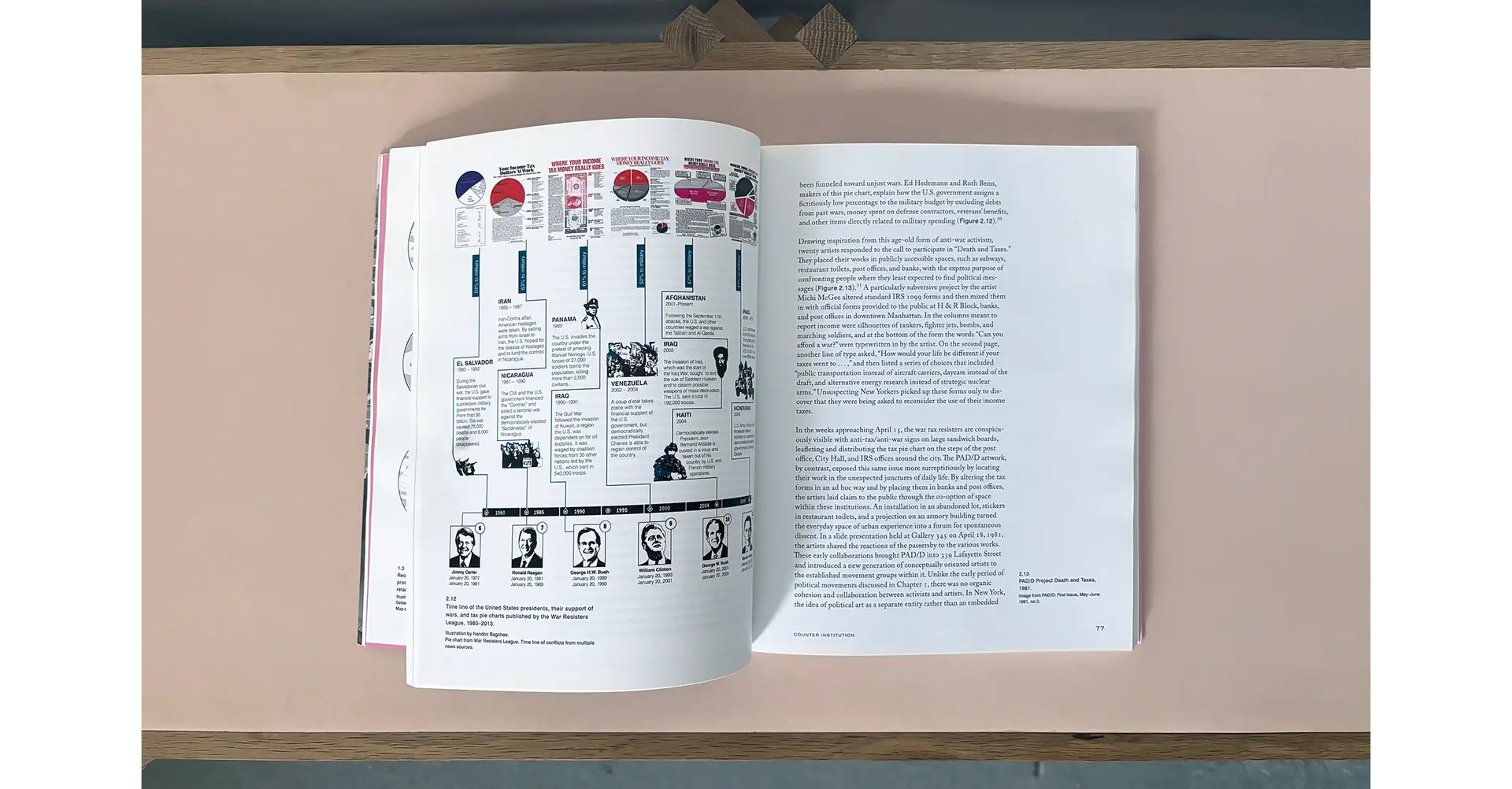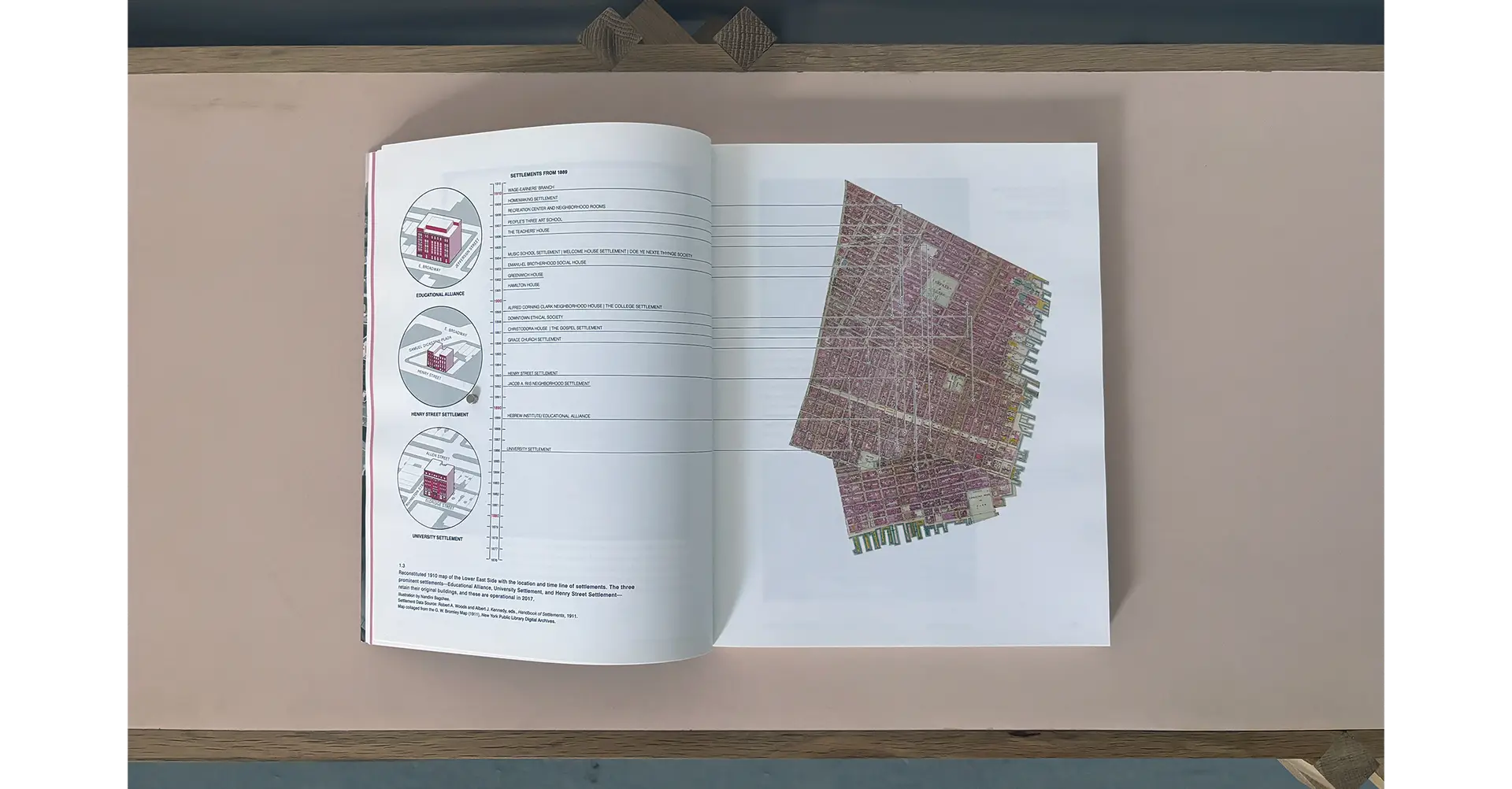

Year: 2018
Fordham University Press
The “counter institution” explored in this book represents both a conceptual and a literal struggle to create a space for civic action in a city that is built upon real estate speculation. Nandini Bagchee reveals the fascinating tension between the impermanence of the insurgent activist practices and the permanent but maintenance heavy aspects of architecture. The actors she vividly describes—the war resisters, the Puerto Rican organizers, the housing activists, the punks and artists—all seized the opportunity to create what are seen as “activist estates,” at a time and in a place where urban life itself was under attack. And now, when many such self-organized “activist” buildings are imperiled by the finance-driven real estate market that is New York City, this book takes stock and provides visibility to these under recognized citizens’ initiatives. The book intersects architecture, urban design practices, and geography (cartography) on the one hand, with history, politics, and sociology on the other. It is a must-read for anyone interested in the history of activism in New York City and how the city can inspire and encourage political engagement. Through its beautifully illustrated pages—where drawings, maps, timelines, and photographs underline the connections between people, politics, and space—readers will discover new ways to imagine buildings as a critical part of the civic infrastructure and a vital resource for the future.
Click here to purchase a copy, Counter Institution- Activist Estates of the Lower East Side.



